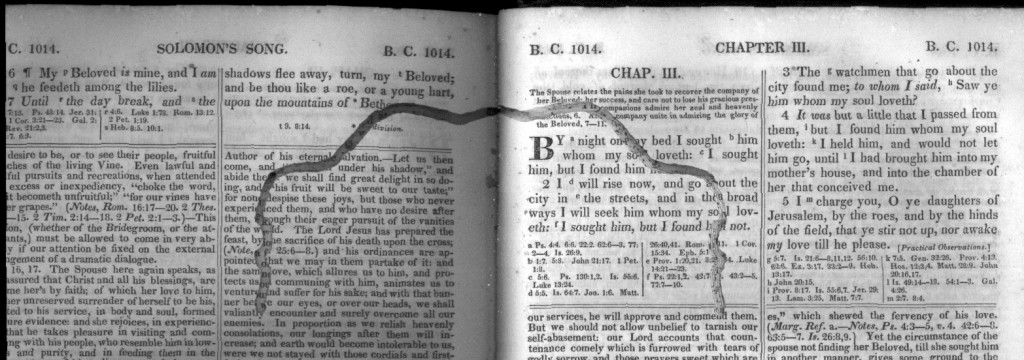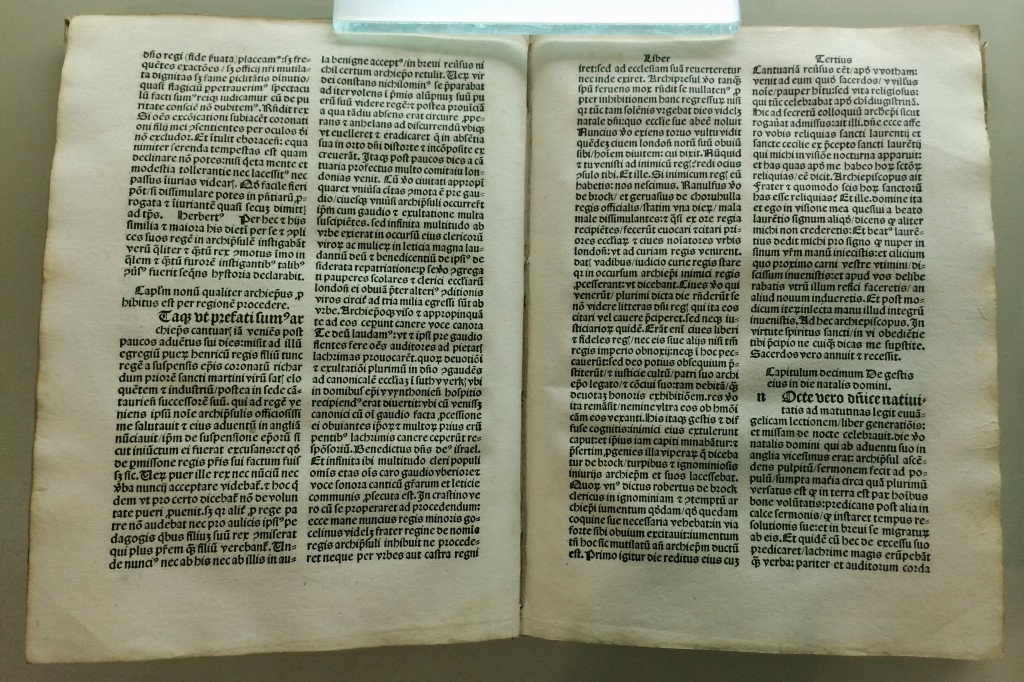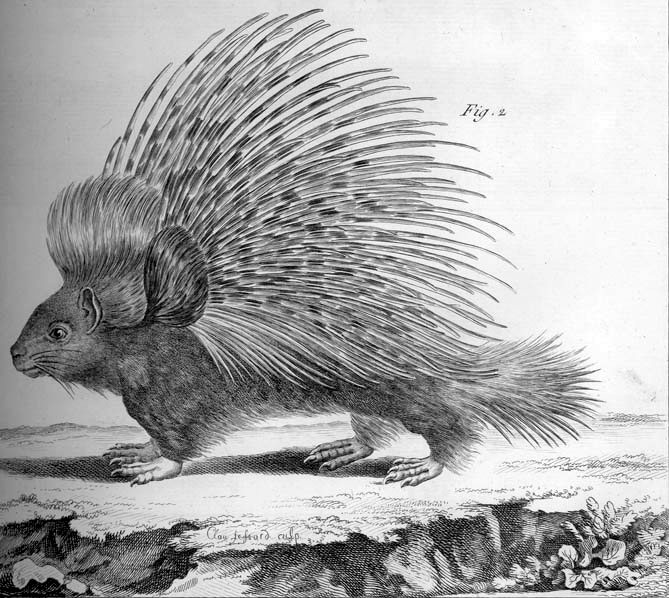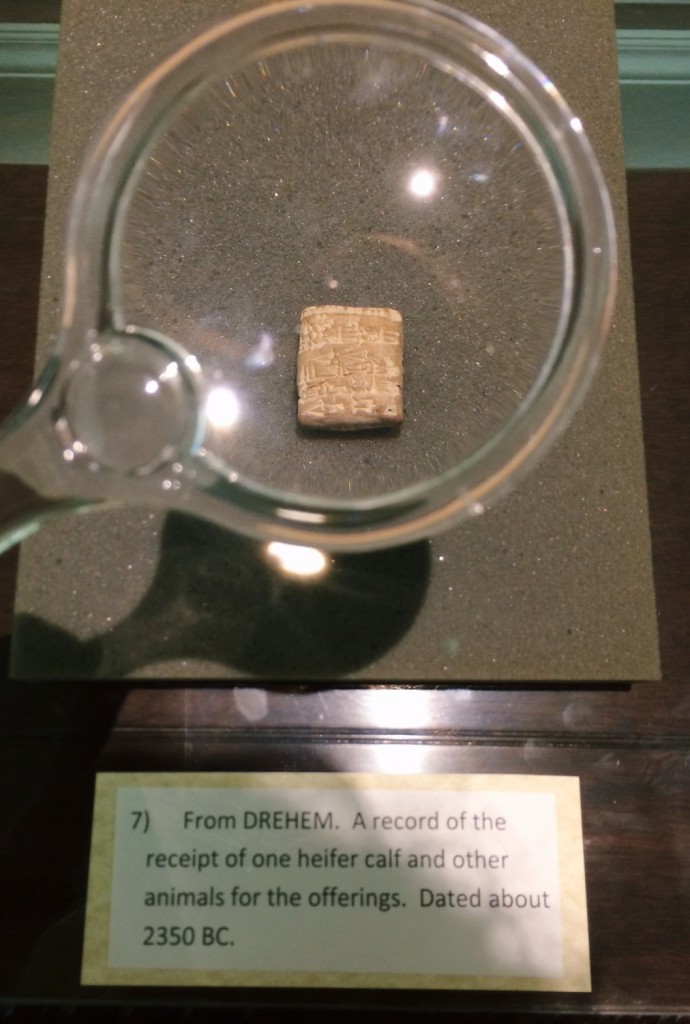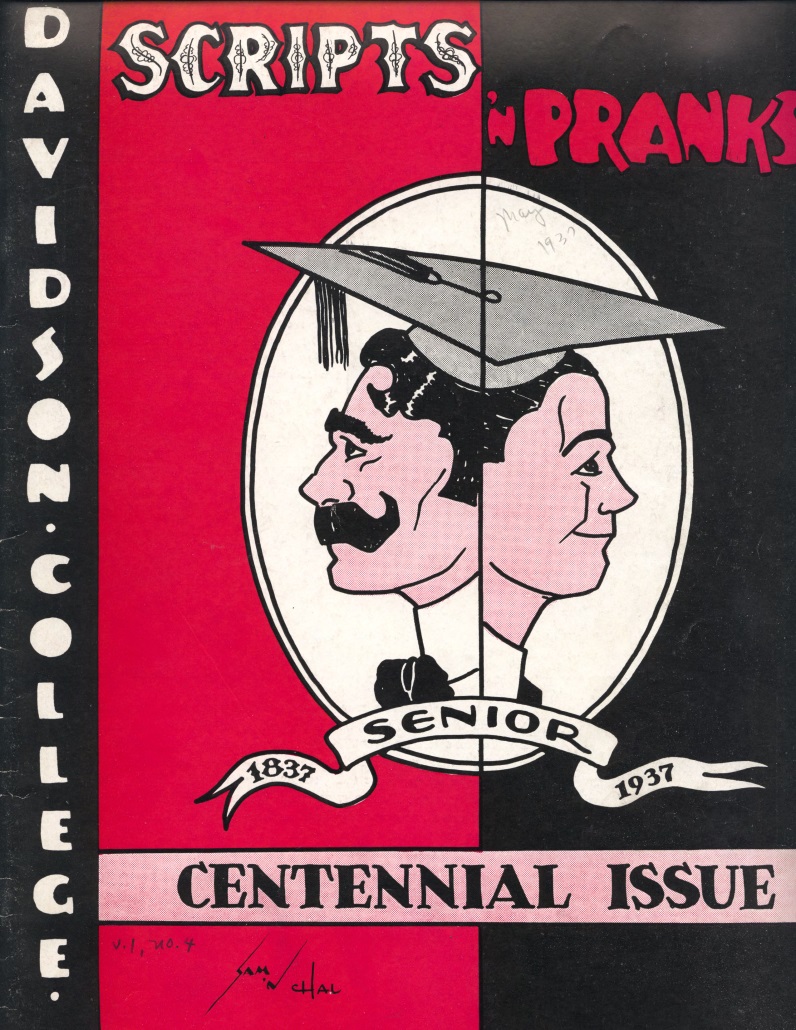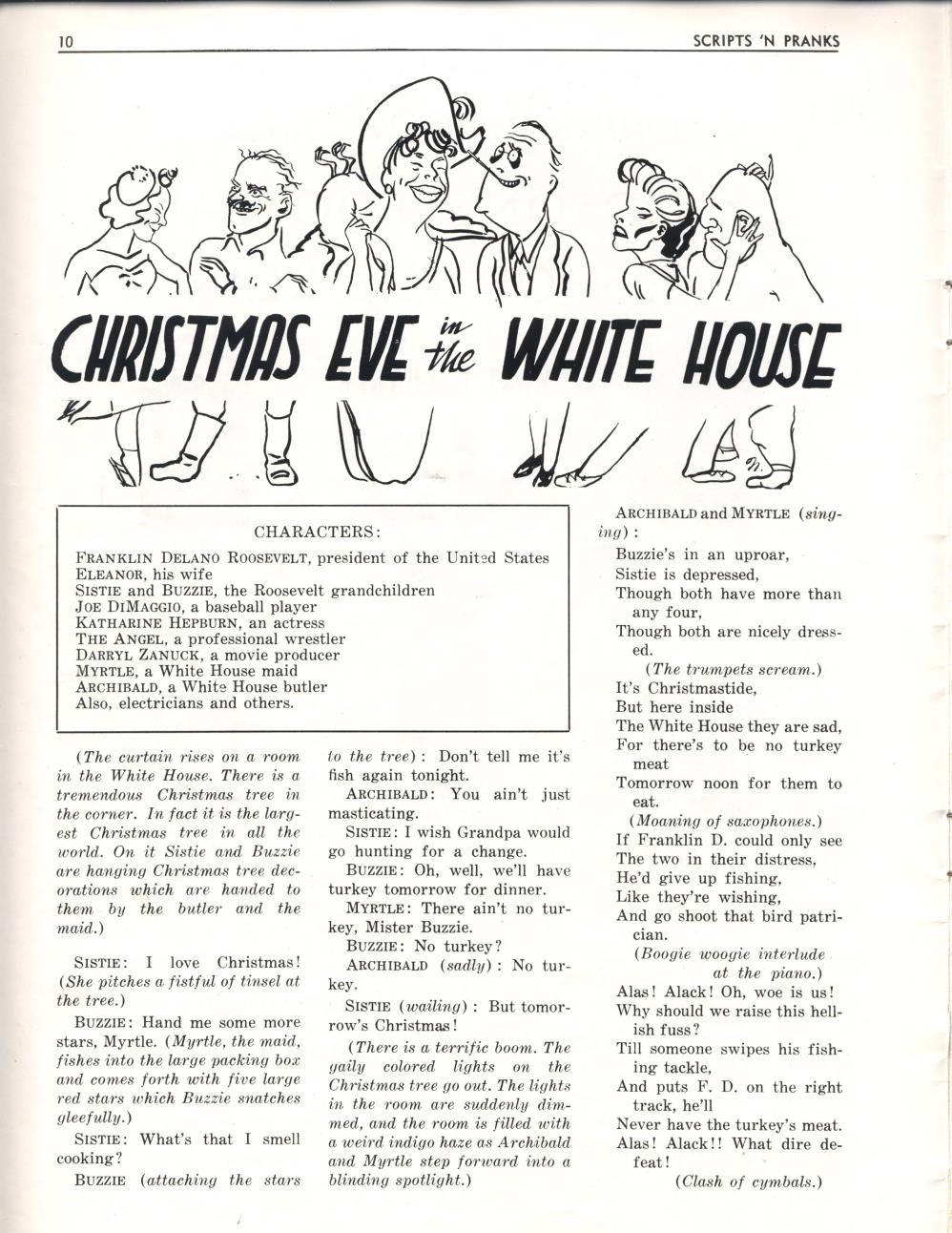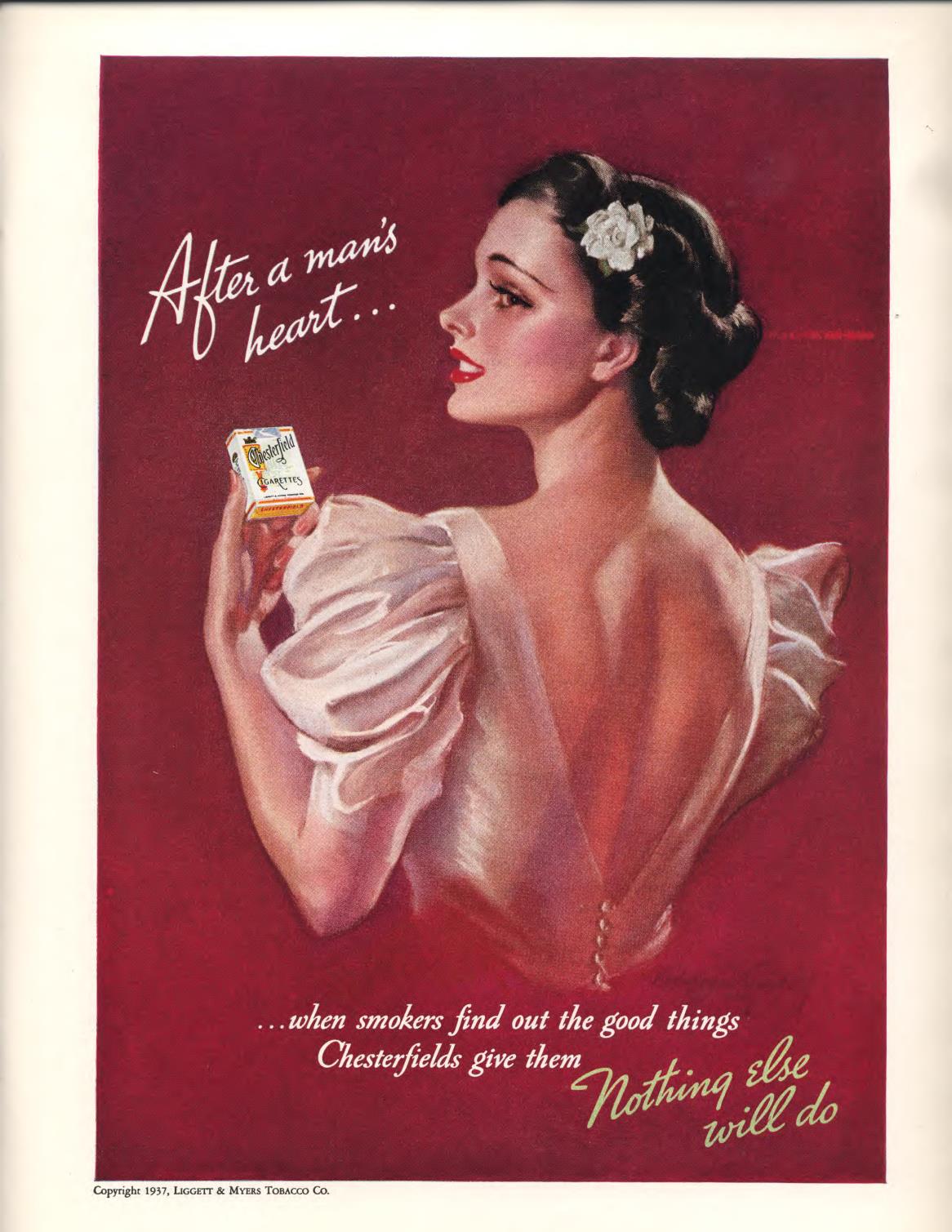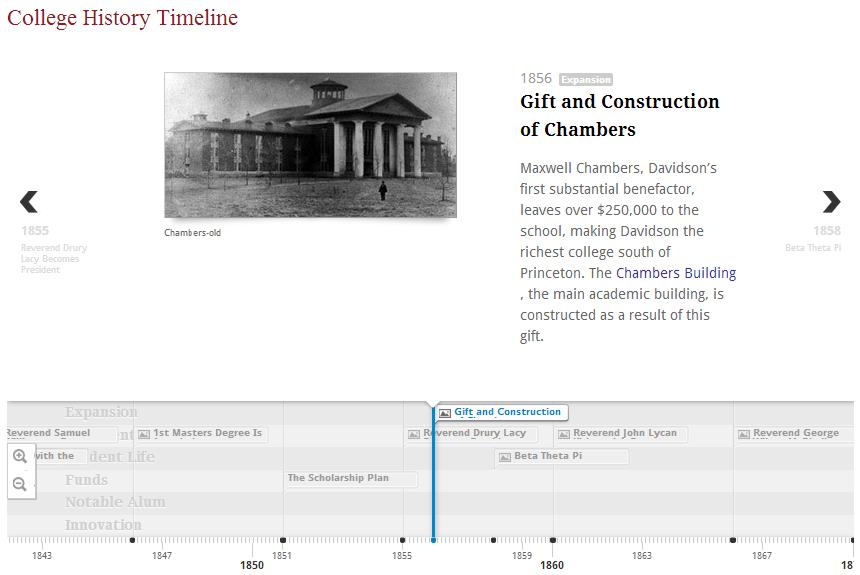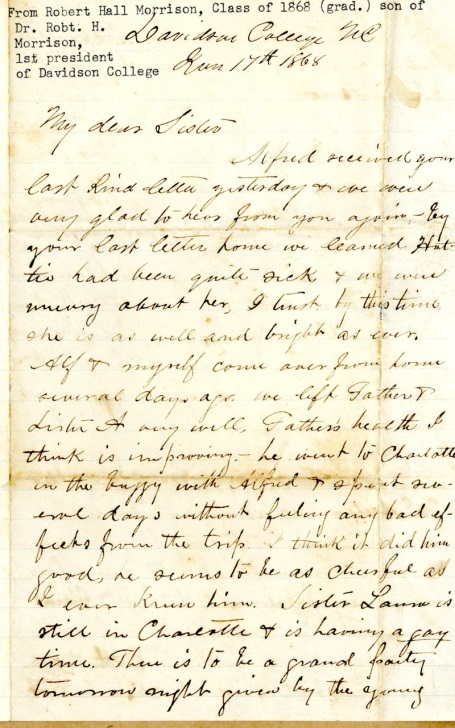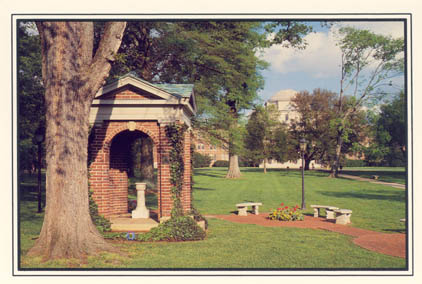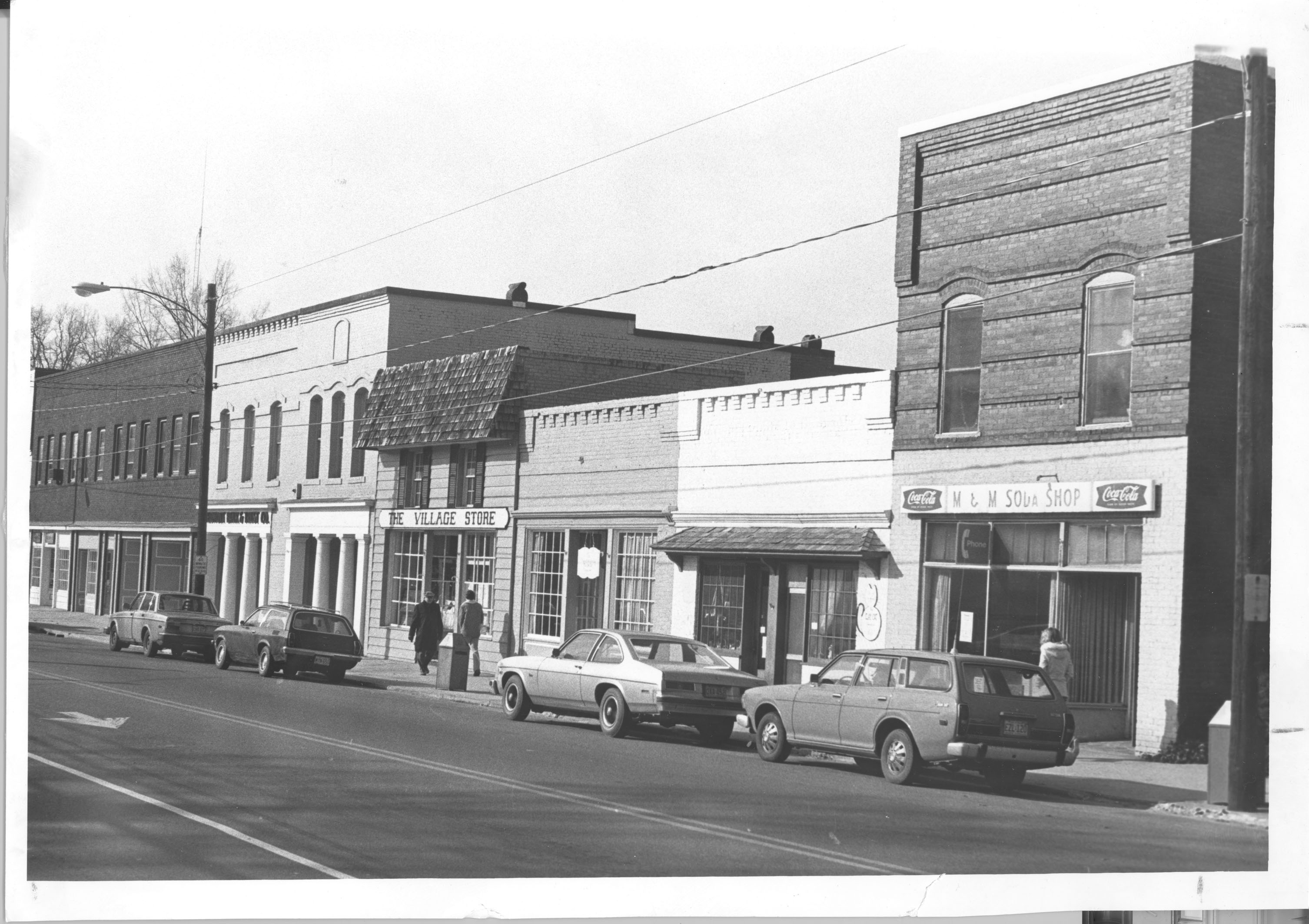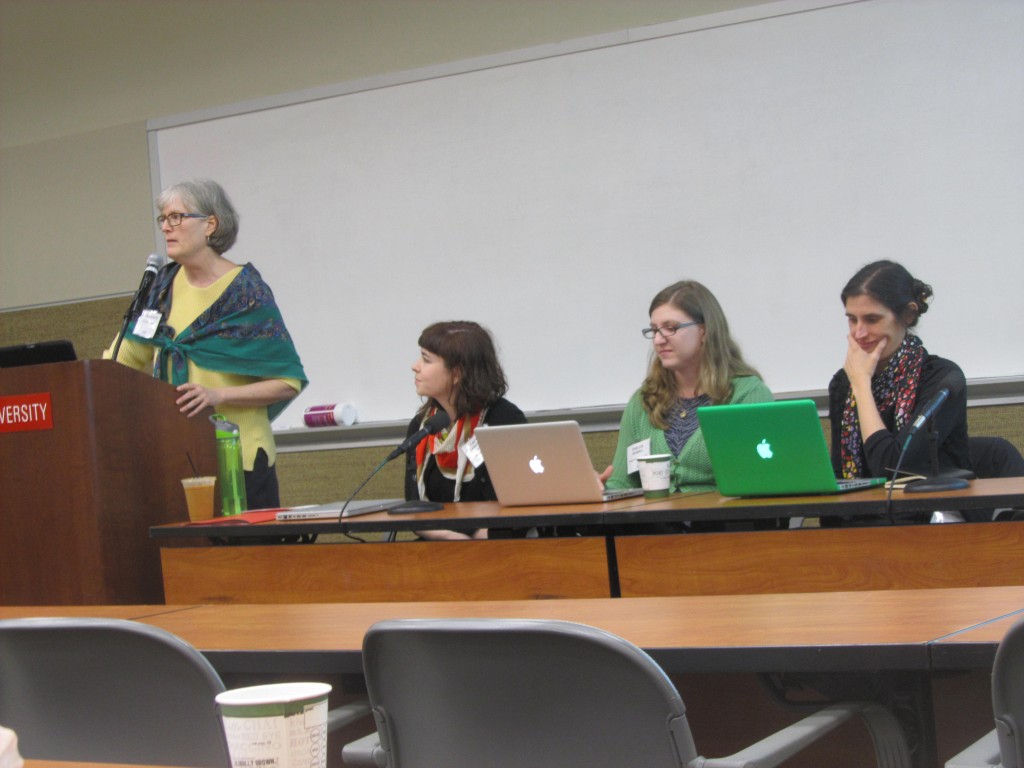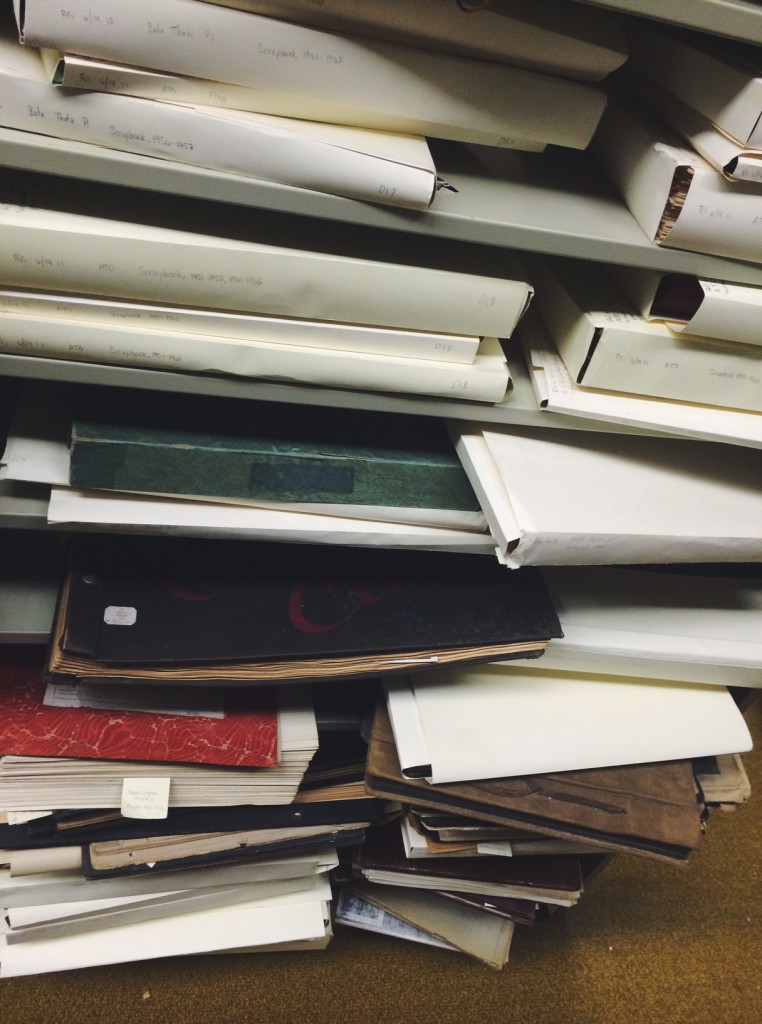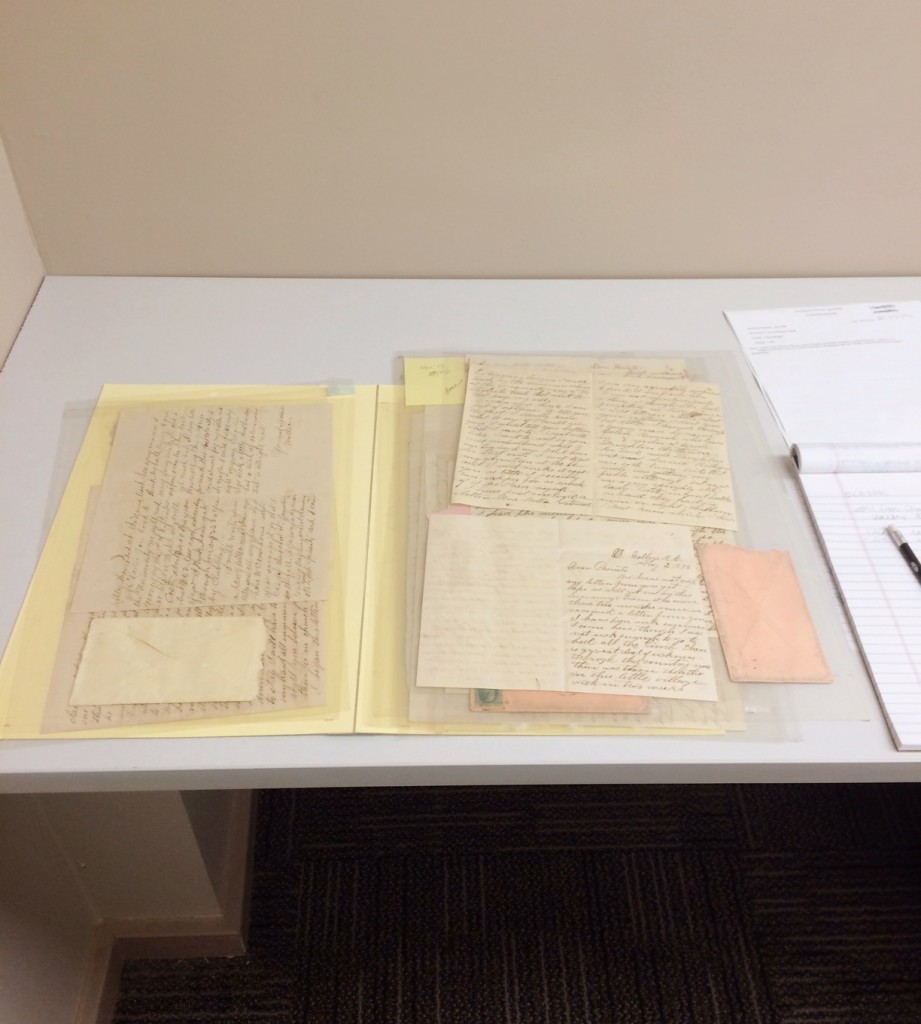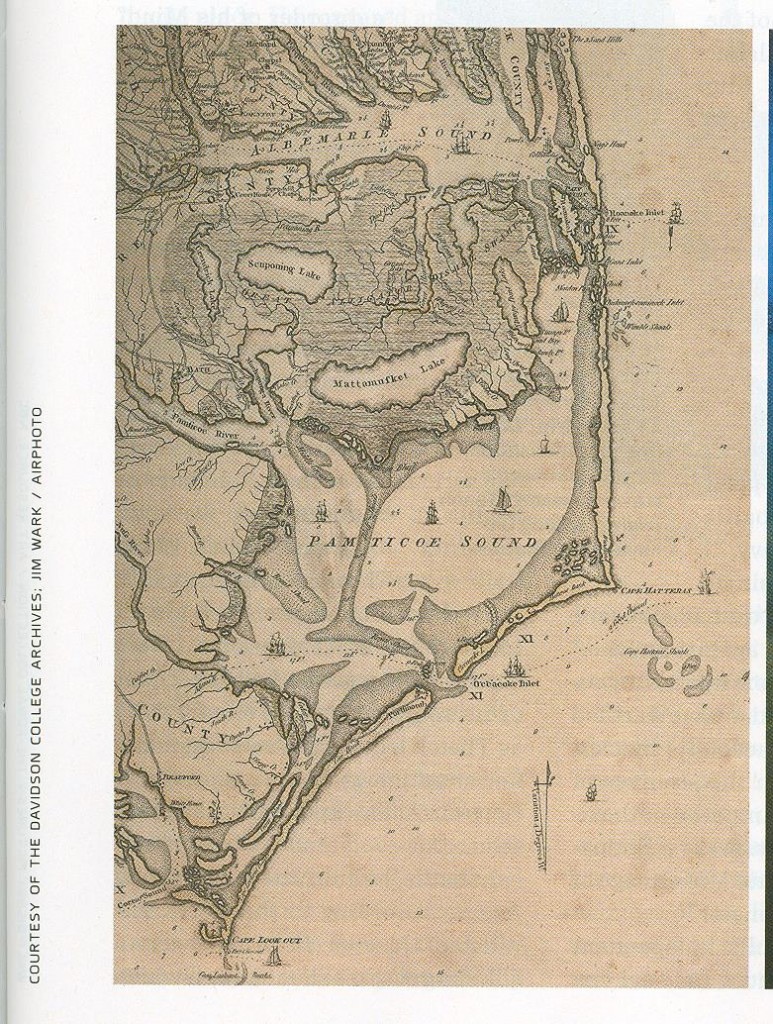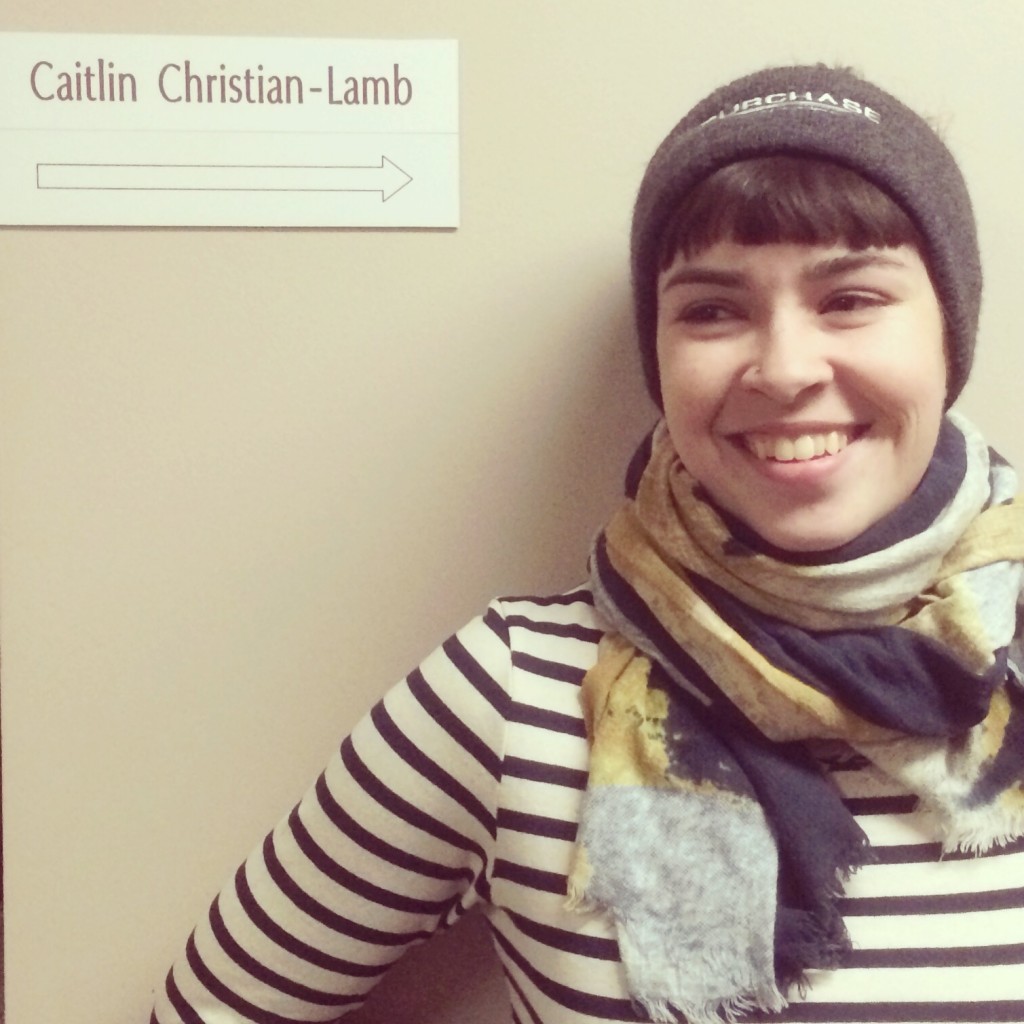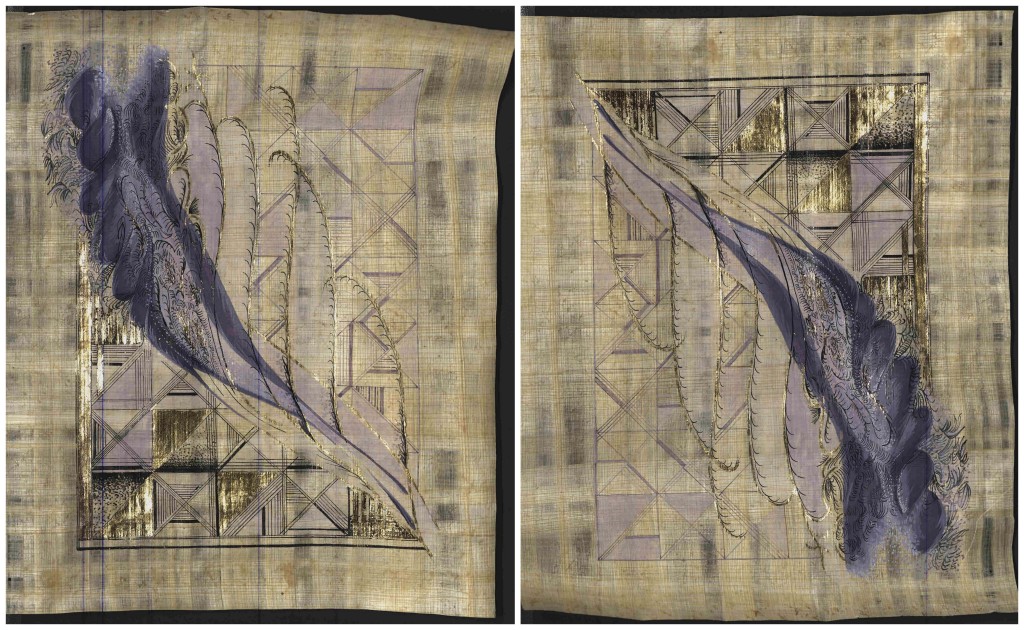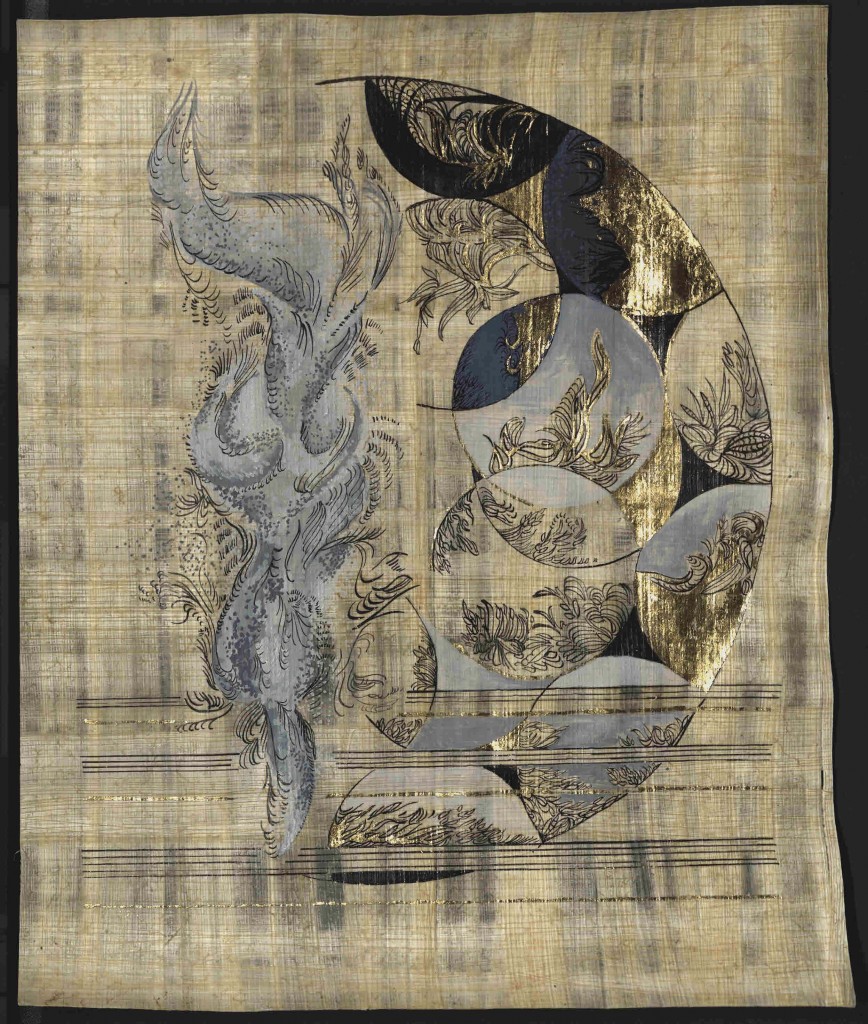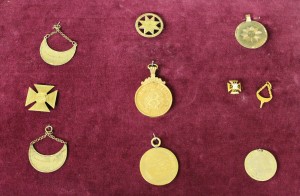This week’s post is written by Vera Shulman ’15, a student assistant at Davidson College’s E.H. Little Library. She wrote this entry on August 22, 2014.
This summer I worked as a library information desk assistant. My days were split between staffing the desk, shifting the Library of Congress stacks in the basement, and completing various tasks in the Archives & Special Collections. My archives duties ranged from perusing local newspapers for filing (in which I was immersed in the excitement and ultimate disappointment of 2008’s college basketball championship) to transcribing oral interviews. I re-housed and filed massive decades-old maps (with help from student coworker Ellyson) and skimmed through Davidson’s 1914-1919 yearbooks and weekly newspapers for references to WWI.

Senior student profiles in the 1915 Quips and Cranks.
The latter task interested me thoroughly due to the very polite and dry humor. By modern standards, though, a slim but noticeable portion of that writing was insensitive to concerns with race and gender. During that time, Davidson College became preoccupied with supporting the national war effort with Liberty Loans and stamps and by training students in the freshly formed Student Army Training Corps (which following the war, turned into our current ROTC).
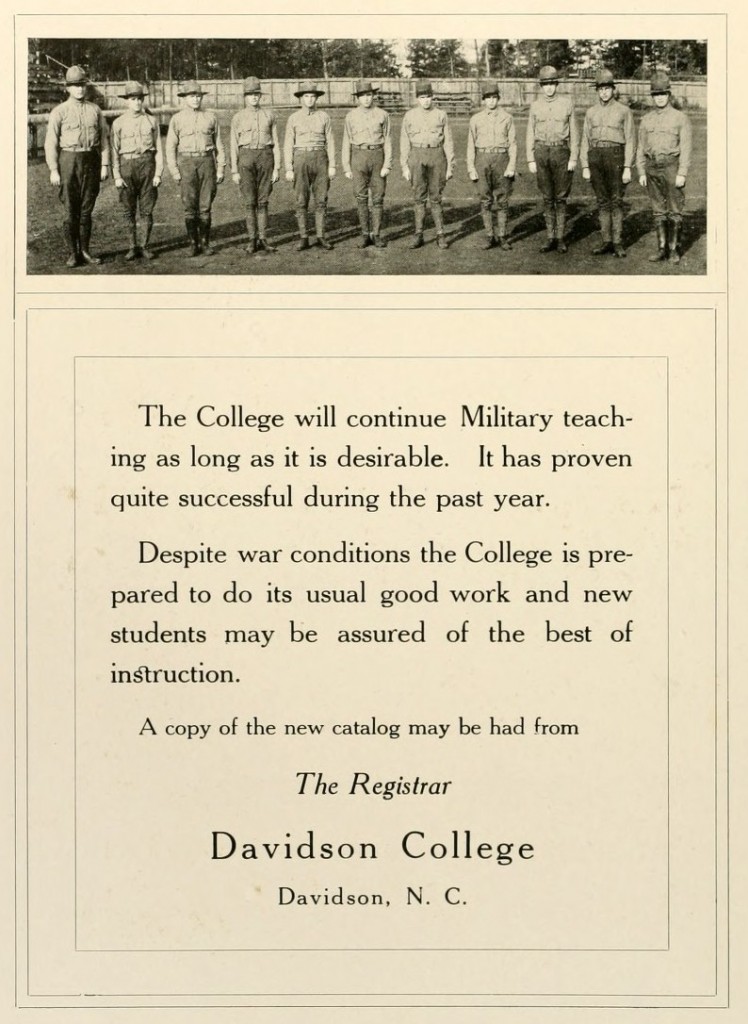
Page from the 1918 Quips and Cranks.
My favorite tasks, though, were the ones that played to my strengths in visual media. I had a whole set of these responsibilities that all boil down to scanning, editing, and uploading an image for use on the archives website. I processed Davidson’s 2010, 2011, and 2012 yearbooks (called Quips and Cranks); dozens of recent school newspapers (named The Davidsonian), and old editions of July-born author’s works.
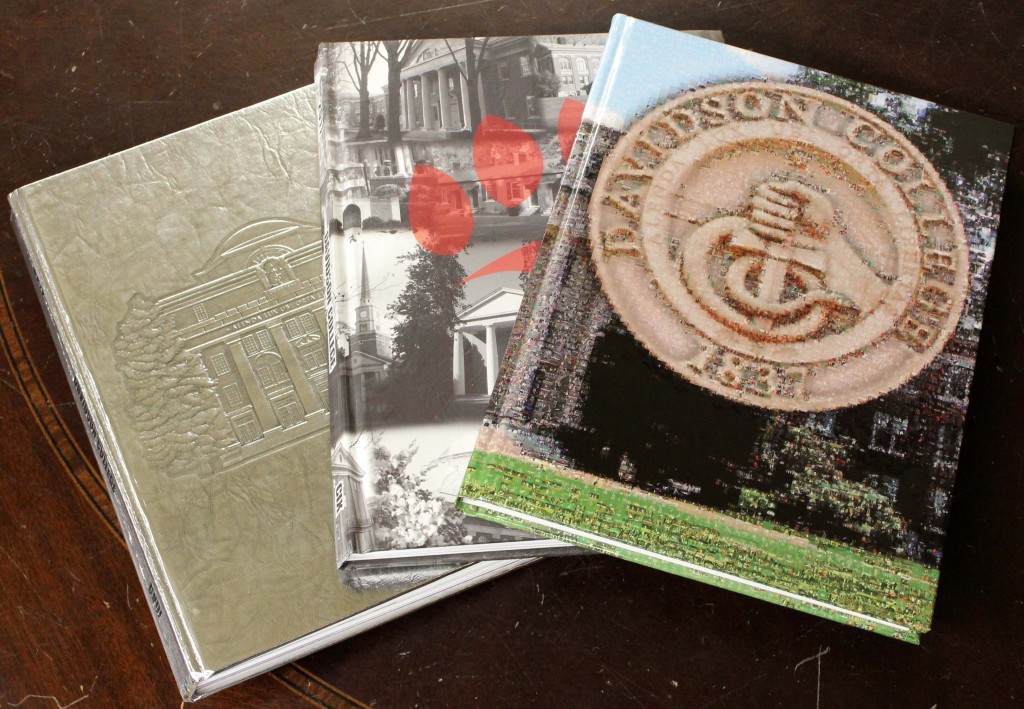
Covers of the 2010, 2011, and 2012 editions of Quips and Cranks, available in the Davidson College Digital Repository.
Because the yearbooks are recent, working with Quips and Cranks allowed me to reminisce about friends and events (and grimace in the case of ex-boyfriends) and better associate formerly unknown peers’ faces with their names. The editing required for the yearbook scanning is very similar to the photo editing I do for leisure, so I actively enjoyed cropping and re-angling those pages. I didn’t form a solid connection with The Davidsonian because I used a closed scanner which didn’t allow me to browse as I scanned.
The old editions of July-born author’s works are beautiful. The pages were thick and a few grazed on by literal book worms. Some of the covers were marbled in a way that seemed similar to a technique I’d used in primary school for my own book covers. Some illustrations were cartoon, in some the strokes were sparse, and others were both intricate and realistic.
